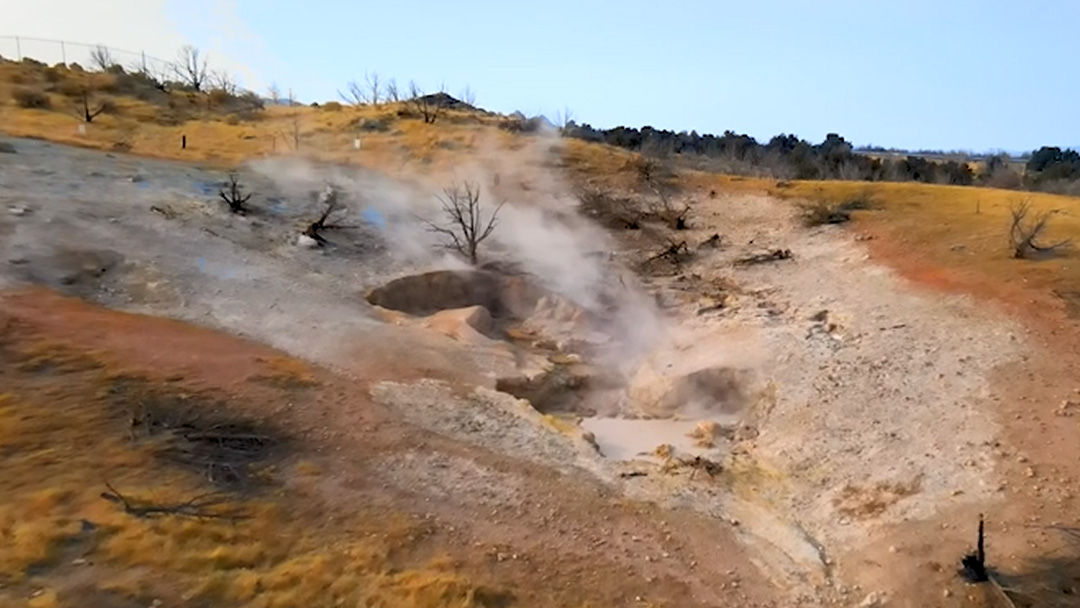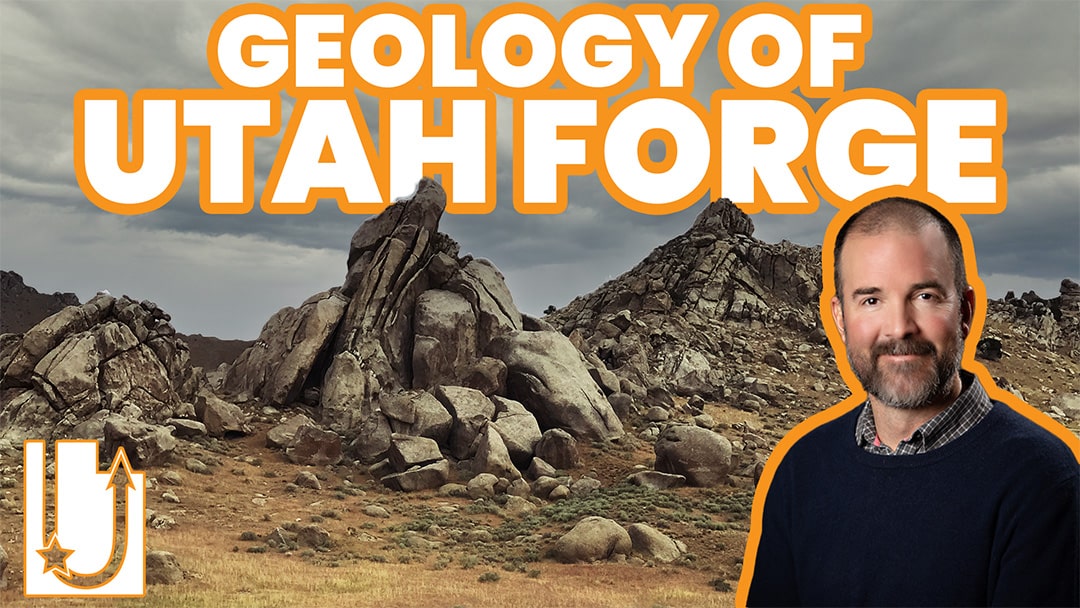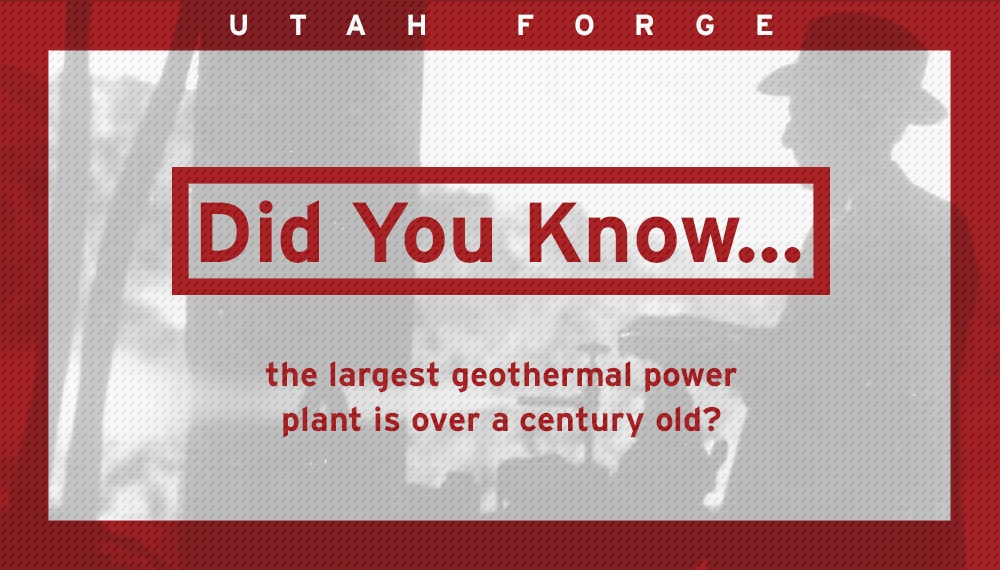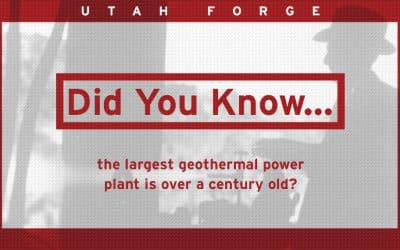
Did you know... Pamukkale is a travel HOT spot?
Pamukkale is a western Turkish town known for the mineral-rich thermal waters that cascade over steep, white terraces that reach over 100 meters (~330 feet) high. Across the terraces, there are a total of 17 hot springs, which range in temperature from 35-100 degrees Celsius (95-212 degrees Fahrenheit) year-round. The name in Turkish means “cotton castle” as it resembles the cotton plantations in central Turkey.
However, the white terraces are not cotton – they’re travertine rock! Travertine is a form of limestone that is deposited over time by mineral waters, most commonly, hot springs. The mass of hot springs sources in the area produces high amounts of calcium carbonate in the water so when the water hits the open air, it becomes white travertine rock.
Before it was Pamukkale, the site used to be the lively Greco-Roman city Hierapolis. Hierapolis was a spa city founded in 190 BC. Just like today, it was one of Turkey’s most popular hot springs. The ruins of the city are well preserved and hold what is known as Cleopatra’s pool, who is said to have bathed there, along with many other historically famous people.
The hot springs are open to the public to swim and relax in, and they have been known to be great for healing.
References:
https://www.chasingthedonkey.com/things-to-do-in-pamukkale-hot-spings-guide/
https://www.traveltalktours.com/interesting-facts-pamukkale/










